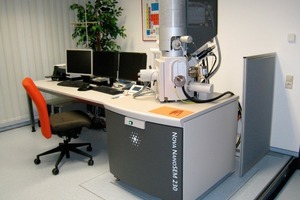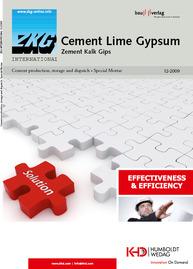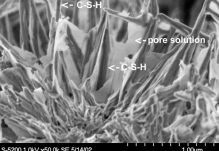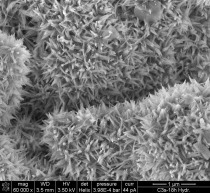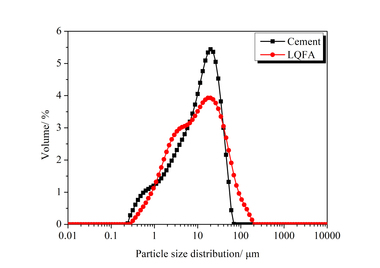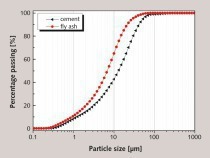Progress in building
materials analyses
Within the framework of the “Major Research Instrumentation Programme“ an ultra-high resolution Nova NanoSEM 230 (field-emission low-vacuum scanning electron microscope) from the FEI Company was installed at the F. A. Finger Institute for Building Materials Science of the Bauhaus-University Weimar in October 2008 (Fig.). It consists of various components and should be seen in the context of the already existing instrumentation of the laboratory for electron microscopy. By combining the ESEM technology with the so-called Helix technology the NanoSEM 230 allows an ultra-high resolution in a gas atmosphere at low acceleration voltage (1.8 nm @ 3kV in a water vapour atmosphere). In addition to ultra-high resolution in high and low vacuum, an analytical tool installed in the NanoSEM allows the simultaneous recording of chemical (EDX) and crystallographic information (EBSD). Furthermore, cryo-prepared samples can be transferred via a docking-station to the NanoSEM equipped with a cold stage and thus investigations in deep-frozen condition become possible. The vitrification by means of high-pressure freezing, known from life science, is used to investigate nano-structural, water and/or polymer containing samples like suspensions and dispersions.
ZKG INTERNATIONAL will report in more detail on the new analysing capabilites in issue 01-2010 with a paper by Dr. Bernd Möser.

